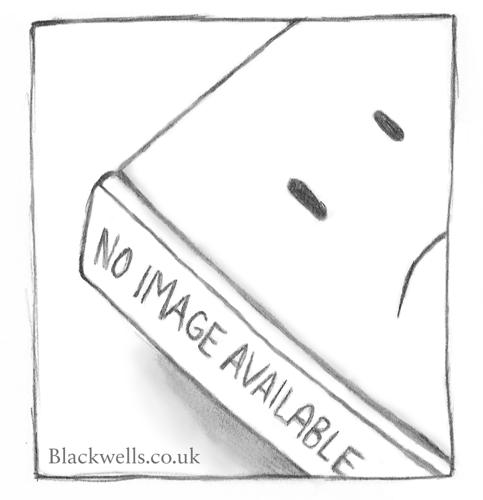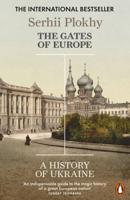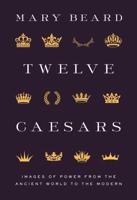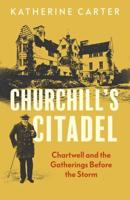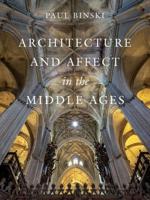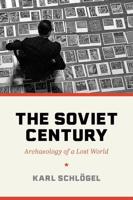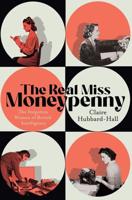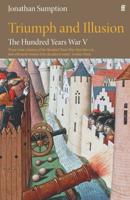Publisher's Synopsis
The Romantic Movement in Europe was both a revolt and a revival, a philosophy of life as well as of art. In the earliest expressions of romantic theory by Rousseau and Diderot, it is seen as a revolt against rationalism. In Great Britain and Italy, it appears as a revolt against classicism, in Spain as a revival of the tradition of the Moorish courts, and in Germany, where it excited the greatest enthusiasm, as both a revolt against rationalism and, equally, a revival of all things Gothic and Germanic.;Despite the differences of aim and emphasis across Europe, Professor Cranston argues, Romanticism was a European phenomenon, as universal as the Renaissance. He isolates its common features: liberty, introspection and the importance of love; truth in the expression of feeling as much as of thought; nature seen as an object of devotion rather than scientific study; a tolerance of the grotesque coupled with an interest in the exotic, the primitive and the medieval; a concern for the value of intuition over rationalization and a preference for audacity over prudence. The Romantic Movement is part of the common European heritage, he argues, and its influence is by no means at an end.
